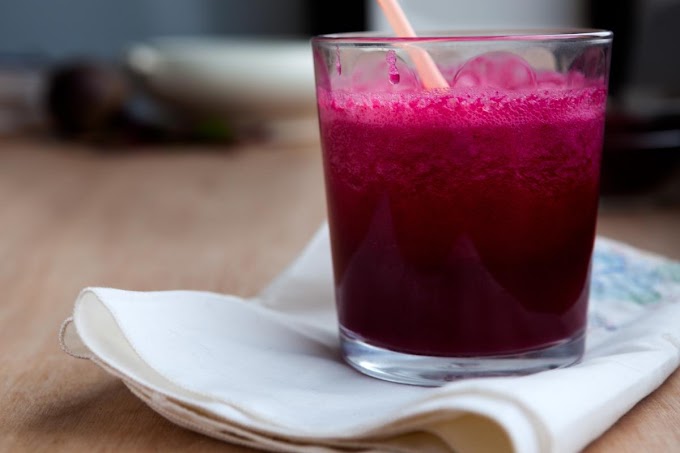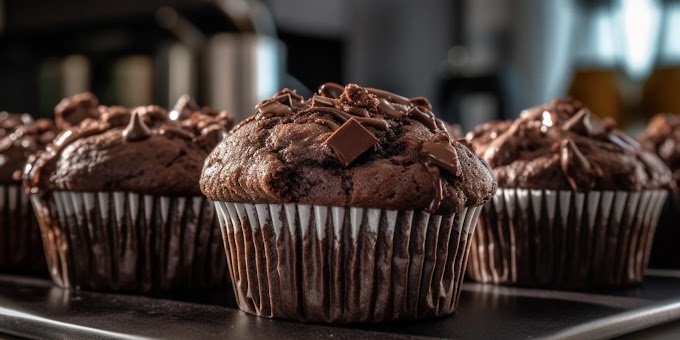When it comes to cooking and baking, precise measurements are key to achieving the perfect outcome. Whether you're whipping up a cake, making a savory sauce, or preparing your favorite dish, understanding measurements is crucial. A common question that arises in the kitchen is: how many 1/3 cups make 1 cup? It’s a seemingly simple question, but it’s vital to know the answer to ensure accuracy in your culinary creations. Let’s dive into the details of this question and explore some additional information that can be helpful in the kitchen.
Understanding Basic Measurements
Before we get into the specifics, it’s essential to understand the basics of volume measurements, especially in the context of cooking. In the United States, volume is often measured in cups, tablespoons, and teaspoons. Here’s a quick reference:
1 cup = 16 tablespoons
1 tablespoon = 3 teaspoons
1 cup = 8 fluid ounces
Knowing these conversions can help you better understand and manipulate measurements when you’re in the kitchen.
Breaking Down the Math: How Many 1/3 Cups Equal 1 Cup?
To determine how many 1/3 cups are needed to make 1 cup, let’s break down the math:
1/3 cup is a fraction of a whole cup. If we add 1/3 cup together three times, we would get:
1
/
3
+
1
/
3
+
1
/
3
=
3
/
3
=
1
cup
1/3+1/3+1/3=3/3=1 cup
So, three 1/3 cups make up 1 cup. This is a straightforward answer that’s easy to remember when you’re in the middle of cooking or baking. If a recipe calls for 1 cup of an ingredient and you only have a 1/3 cup measuring tool, you’ll need to measure out three 1/3 cups to equal 1 cup.
Why Accurate Measurements Matter
Accurate measurements are crucial in cooking and especially in baking, where the balance of ingredients can make or break the final product. For example, too much flour can result in a dry cake, while too little sugar can make your cookies less sweet than intended. Understanding measurements and knowing how to convert between them ensures that your dishes turn out as expected.
Practical Application: When You Don’t Have the Right Measuring Tool
Sometimes, you might find yourself in a situation where you don’t have the exact measuring tool you need. For instance, what if you only have a 1/3 cup measuring cup, but the recipe calls for 1 cup? Knowing that three 1/3 cups equal 1 cup allows you to proceed without hesitation. This kind of knowledge is practical and helps you become more flexible in the kitchen.
Converting Other Measurements
Understanding how to convert other measurements can also be handy. Let’s say you have a 1/4 cup measuring tool, and you need to know how many of these make up 1 cup. The math would look like this:
1
/
4
+
1
/
4
+
1
/
4
+
1
/
4
=
4
/
4
=
1
cup
1/4+1/4+1/4+1/4=4/4=1 cup
So, four 1/4 cups make 1 cup. Similarly:
Two 1/2 cups make 1 cup.
Three 1/3 cups make 1 cup.
Four 1/4 cups make 1 cup.
Eight 1/8 cups make 1 cup.
These conversions are useful when you don’t have the exact measurement tool called for in a recipe.
Why Understanding Fractions is Important in the Kitchen
Understanding fractions isn’t just for math class; it’s a vital skill in the kitchen. Cooking and baking involve a lot of fractions, especially when it comes to measuring ingredients. Knowing how to add, subtract, multiply, and divide fractions can help you adjust recipes to suit your needs, whether you’re scaling a recipe up for a party or down for a single serving.
For instance, if you’re doubling a recipe, you’ll need to double each ingredient. If the original recipe calls for 1/3 cup of sugar, doubling it means you’ll need 2/3 cup. If you only have a 1/3 cup measuring tool, you’ll know to fill it twice.
The Importance of Liquid vs. Dry Measurements
Another important aspect of measuring is understanding the difference between liquid and dry ingredients. Cups used for liquid ingredients usually have a spout and measurements marked on the side, while dry measuring cups are meant to be filled to the top and leveled off. Although the volume is the same, using the correct measuring tool for the type of ingredient can improve accuracy.
For instance, if you use a dry measuring cup to measure liquid ingredients, you might not get an accurate measurement due to the lack of a spout, which helps in preventing spills. Conversely, using a liquid measuring cup for dry ingredients can lead to inaccuracies if the ingredient isn’t leveled off properly.
Kitchen Tips for Accurate Measuring
Here are some tips to help ensure you’re measuring accurately in the kitchen:
Use the Correct Measuring Tools: Use dry measuring cups for dry ingredients and liquid measuring cups for liquids.
Level Off Dry Ingredients: When measuring dry ingredients like flour or sugar, use a knife or the edge of a flat surface to level off the ingredient for an accurate measurement.
Spoon Ingredients into Measuring Cups: For dry ingredients, spoon them into the measuring cup rather than scooping. Scooping can pack the ingredient down, leading to an inaccurate measurement.
Check Liquid Measurements at Eye Level: When measuring liquids, set the measuring cup on a flat surface and check the measurement at eye level to ensure accuracy.
Conclusion: Mastering Measurements in the Kitchen
Understanding measurements and how to convert them is a foundational skill in the kitchen. Knowing that three 1/3 cups make 1 cup can save you time and effort, especially when you don’t have the exact measuring tool you need. Mastering these basic concepts not only improves your precision but also boosts your confidence in the kitchen, allowing you to tackle any recipe with ease.
So, the next time you’re in the kitchen and the recipe calls for 1 cup, but you only have a 1/3 cup measuring tool, you’ll know exactly what to do. Happy cooking!








Social Plugin